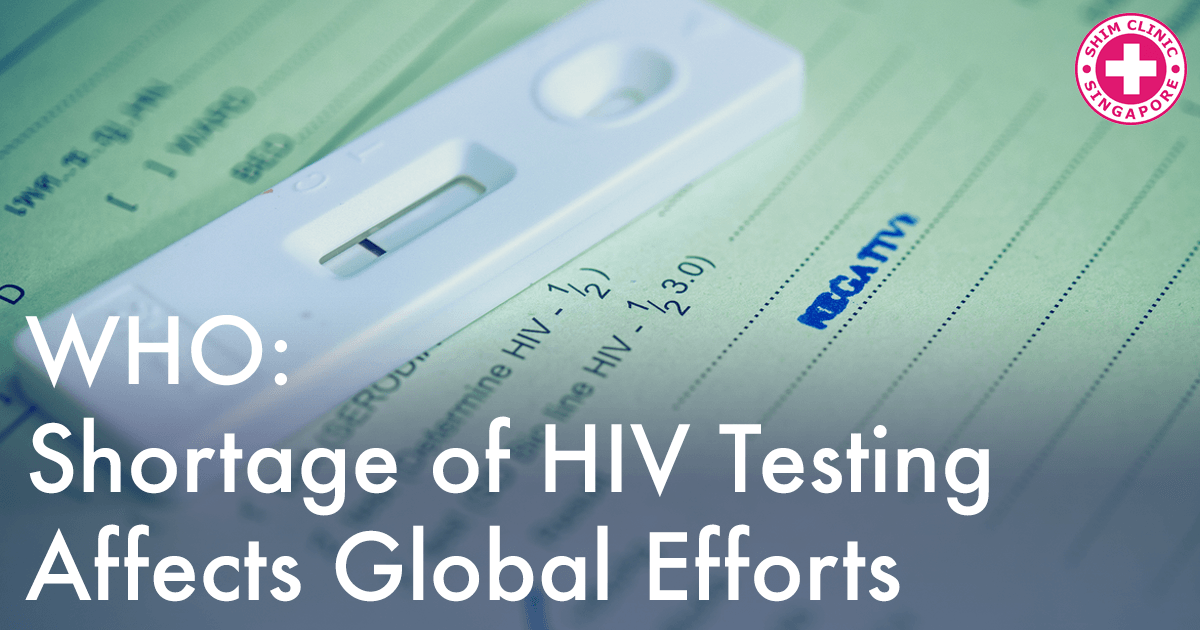Experts from World Health Organization fear that a shortage in HIV testing all over the world might slow down efforts to diagnose and treat people with the HIV infection. Even though there are many HIV prevention techniques like HIV PEP or HIV PrEP, the availability of HIV tests from health providers like STD Clinics are even more critical.
The shortage was observed from results drawn from 3 annual surveys sent out to 127 countries between 2012 and 2014 by the organisation. The surveys aimed to find out the capacity as well as the use of blood tests to test HIV status and health.
It was observed that testing supplies improved over the period. However, shortfalls in test supplies were also noted in some countries. Most affected by this challenge are African countries that have a high HIV burden and some low and middle-income countries.
Due to these shortfalls, WHO fears that it might be hard for the United Nations to meet its targets for the HIV infection.
The UN targets works towards ensuring that that 90% of all people living with HIV are aware of their HIV status, 90% of those diagnosed are given antiretroviral therapy and 90% of the treated patients show a measure of effective treatment.
Gaps in Test Supplies
Lack of reagents, poor or improper installation of testing equipment and few or no trained staff to carry out the tests were among the reasons for gaps noticed in the provision of HIV testing.
It was also noted that machines in some laboratories were irregularly serviced. In addition, machines in other laboratories that broke down were not serviced or fixed.
Another issue that was raised by the surveys was that some programmes may have focused more on buying equipment and did not have prior planning on how the equipment would be used and maintained. Meaning that the equipment is rarely used as it should be.
For instance, out of a goal of 21%, only 5.6% of HIV patients who were on treatment in 2015 in Zambia received regular blood checks to monitor viral loads. These low numbers were as a result of issues with resource mobilisation and equipment procurement.
WHO however acknowledges that private sector testing was not part of their survey and there could be countries that rely more heavily private sector testing.
What Next?
The way forward to avert a crisis according to some HIV experts is for governments and international partners to team up and come up with a national laboratory strategic plan in the different countries affected. This will hopefully implement services, strengthen and monitor them.
In addition, in order to achieve optimal use of laboratory technologies, the international community’s focus should be on countries that most need to increase access to HIV diagnostic technologies.
The experts also advise that despite the fact that they did not research on the capabilities of private sector testing, some countries might benefit from this kind of testing more than other countries.
It is also important to note that stigma surrounding the infection might be to blame for a reduction in HIV testing. In Singapore for example, although access to antiretroviral treatment has been made easier, a number of HIV infections are not realized until the later stages of the infection because of fear of alienation and stigmatization of those infected and affected.
In conclusion, strong and effective leadership combined with resources and proper planning and management are all important in improving laboratory services.

